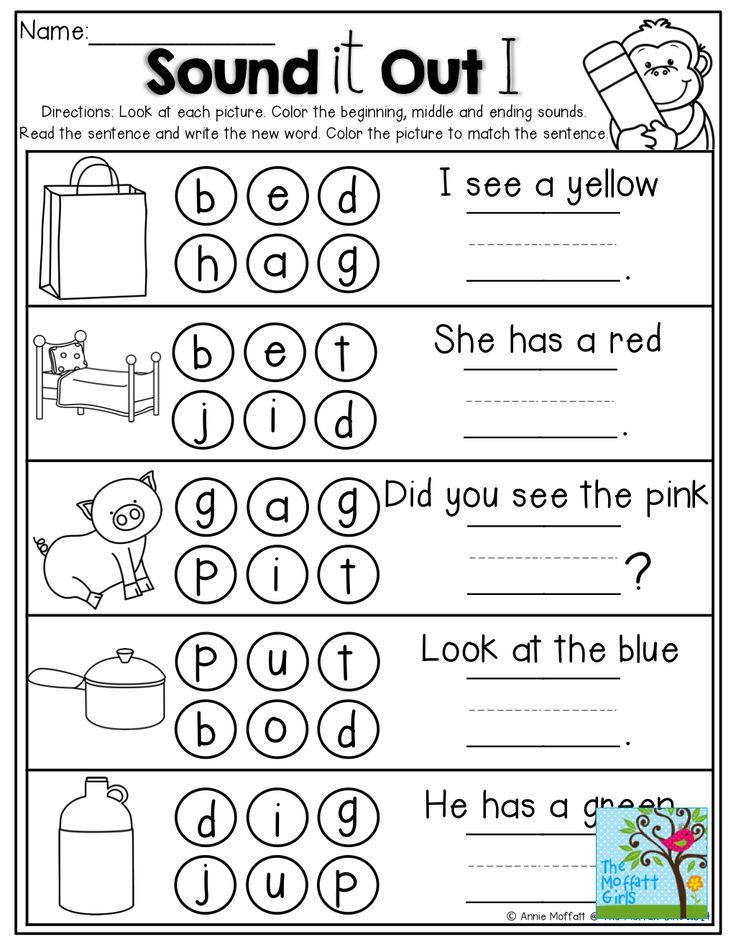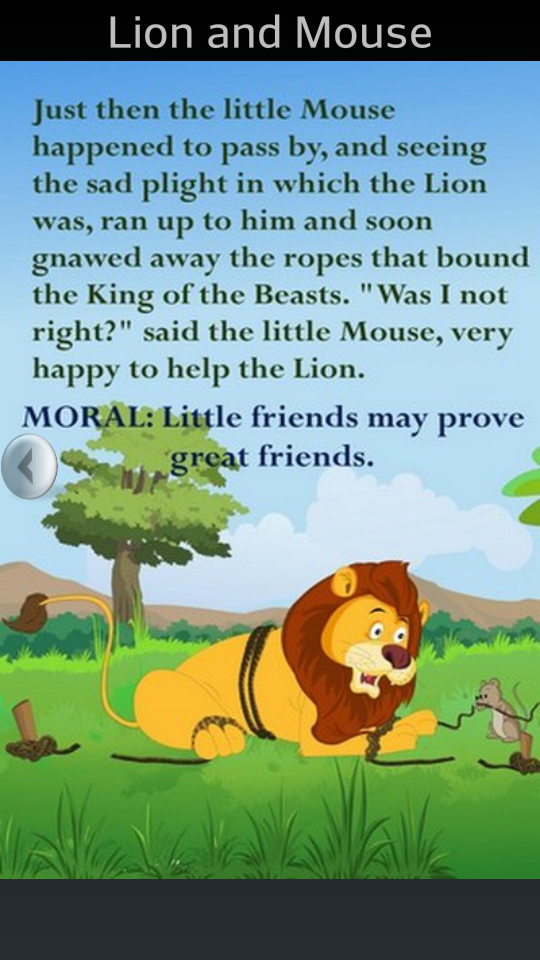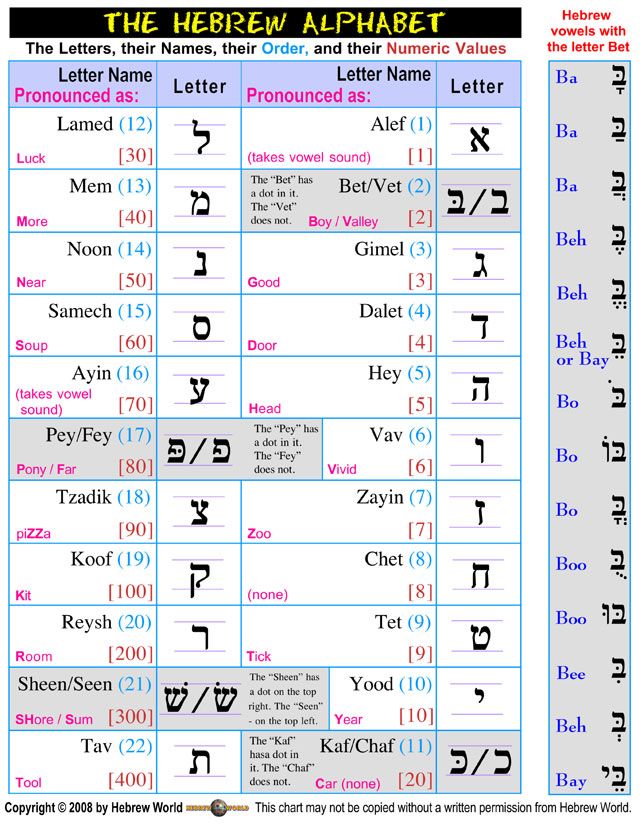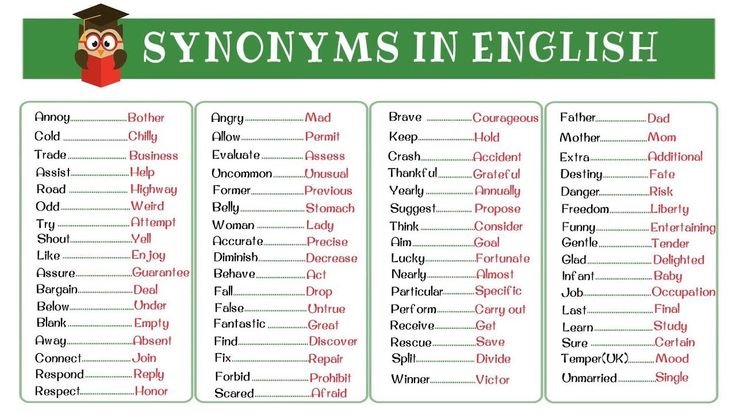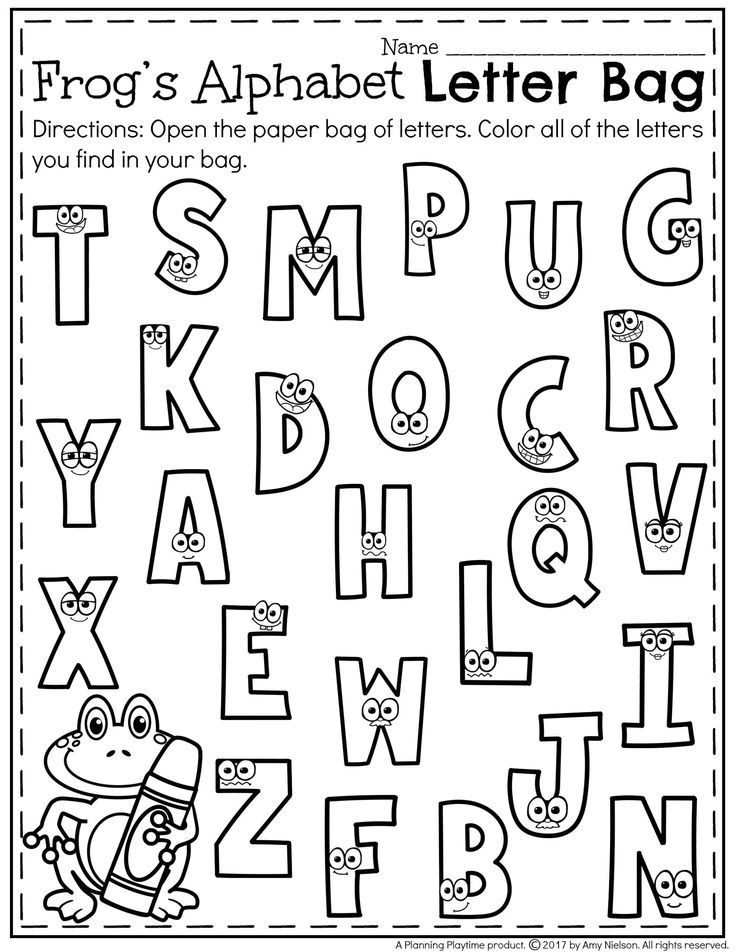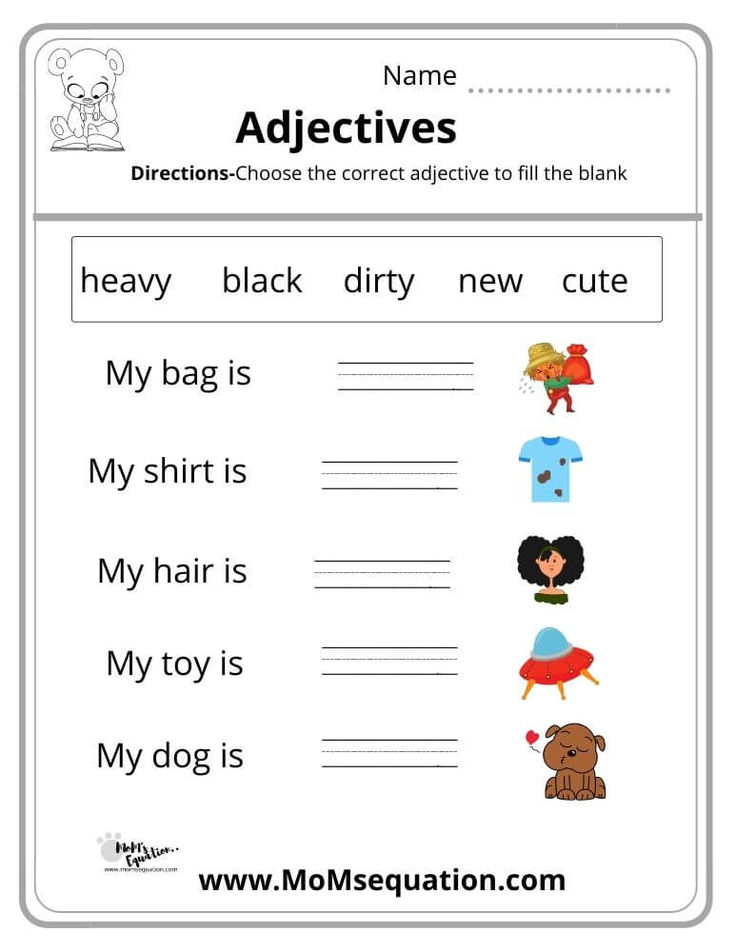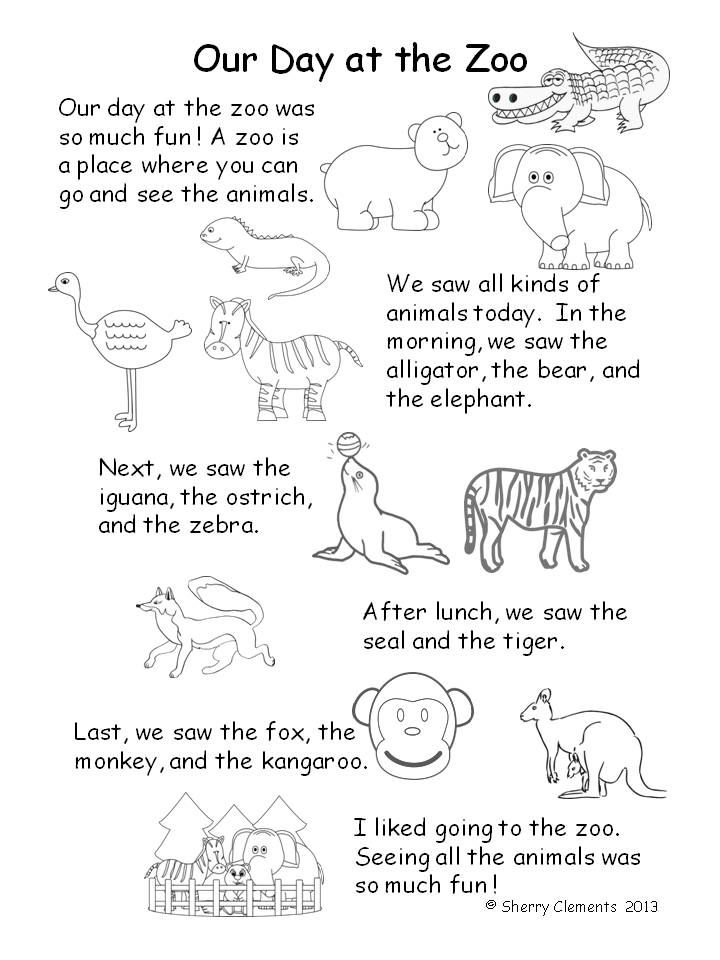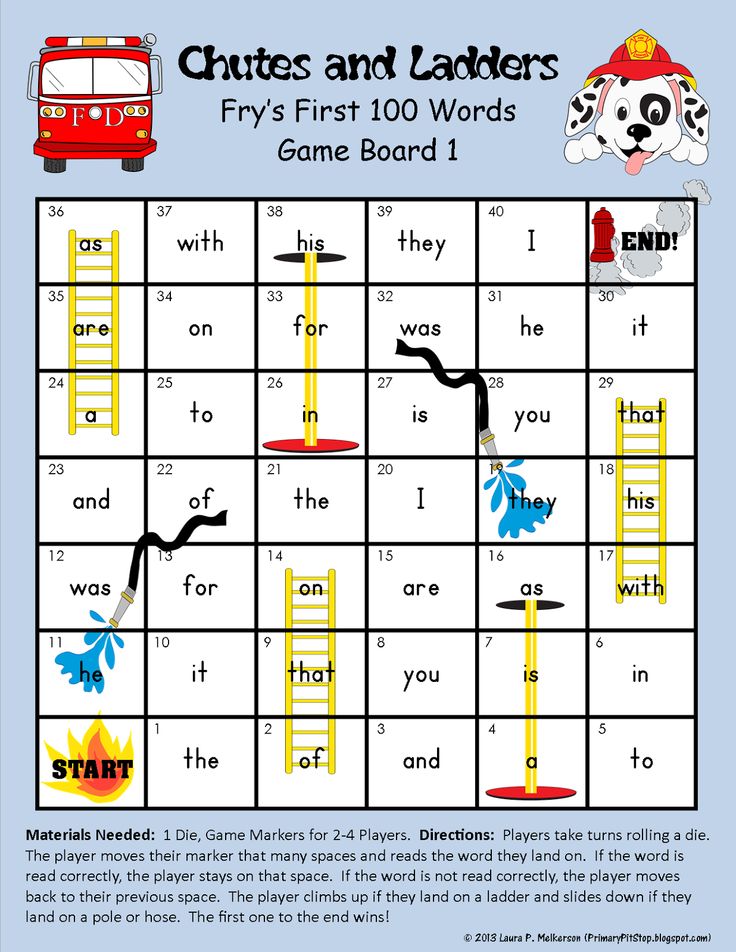Reading lessons for kindergarteners
Comprehension: Activities for Your Kindergartener
Just 15 minutes each day makes a big difference! Reading aloud is a great way to help your kindergartener absorb new words and see how stories are structured. It's also one of the best ways to help children learn about the world and make connections between their own lives and what's in the book — that helps children see the world with empathy. And last but not least, it's a wonderful time to snuggle up with your child and share the experience of reading and discovery together.
Remember that reading together should spark curiosity, joy, and a desire to explore and learn. Conversations about books should be enjoyable, and not a set of quizzes and questions. As you try some of the activities listed below, remember to keep it light and lively for your child.
There are so many great nonfiction and informational books for very young kids (such as the popular DK Eyewitness series and National Geographic series). Try to include some of these during your next trip to the public library. Children love learning about the real world and are proud to share what they know!
Even a walk around the neighborhood or a trip to the grocery store can be a rich learning experience for young children. A child may see an urban bunny for the first time on a walk, and then be able to connect it to stories about rabbits. These personal connections help children connect what they read with what they know — a powerful way to build comprehension skills!
Signs of good reading comprehension in kindergartners
Try these comprehension activities at home
"I predict ..."
When you sit down for a read aloud, look at the book's cover together. Ask, "What do you think this book might be about? Why? Can you make some predictions?" Guide your child through the pages, discuss the pictures, and brainstorm what might happen in the story.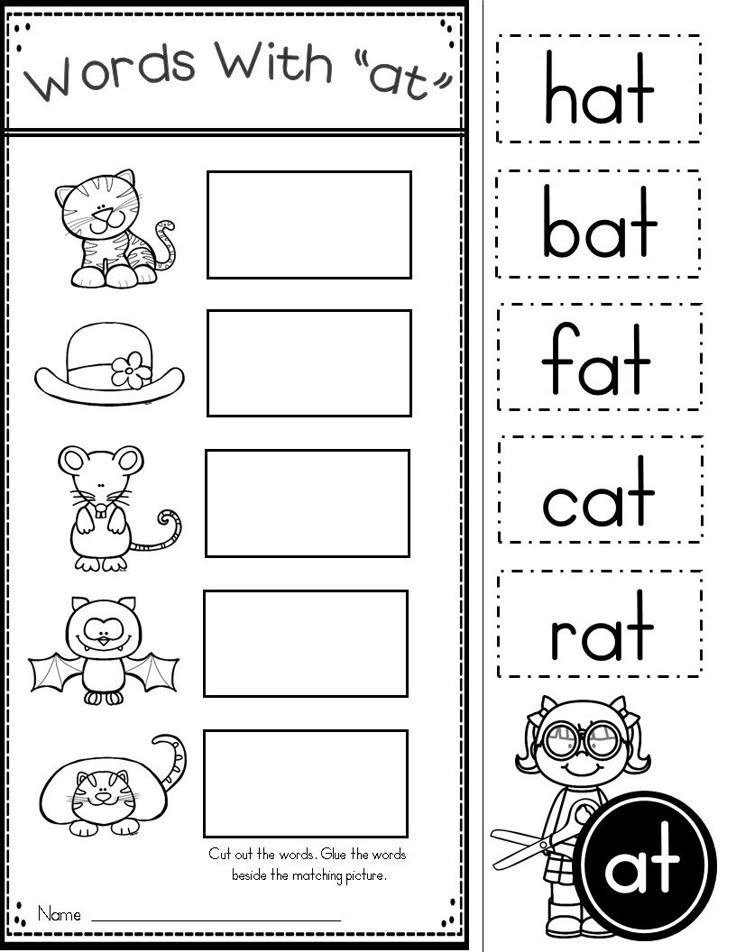 Talk about any personal experiences your child may have that relate to the story.
Talk about any personal experiences your child may have that relate to the story.
Five-finger retell
After reading a story together, have your child tell you five things about the story, using her fingers to talk about each one:
- Characters: who was in the story?
- Setting: where did the story take place?
- Events: what happened in the story?
- End: how did the story end?
- Favorite character or part of the story
Active reading
Model active reading when you read with your child. Talk about what's happening as you're reading. Stop and discuss any interesting or tricky vocabulary words. Help your child make pictures of the story in his mind. Ask your child, "What just happened here? How do you think that character feels? Have you ever felt like that? What do you think will happen next?" Not only will this develop your child’s comprehension, but critical thinking skills as well.
Mind movies
When you come to a descriptive passage in a book, have your child close her eyes and create a mental movie of the scene. Encourage her to use all five senses. Read the passage over together, looking for details that bring the scene to life. Ask questions like, “How do you know it was a hot day? Which words help you understand that the child was lonely?”
Encourage her to use all five senses. Read the passage over together, looking for details that bring the scene to life. Ask questions like, “How do you know it was a hot day? Which words help you understand that the child was lonely?”
Tell me about it
After a read aloud, one of the best and easiest ways to check for understanding is to ask your child to summarize what the book was about in their own words. You can ask a question or two to help your child clarify her thinking or to add more detail.
Can your child tell you what happened in the story?
This video is from Home Reading Helper, a resource for parents to elevate children’s reading at home provided by Read Charlotte. Find more video, parent activities, printables, and other resources at Home Reading Helper.
Think alouds
Connect the book to your child's own life experience.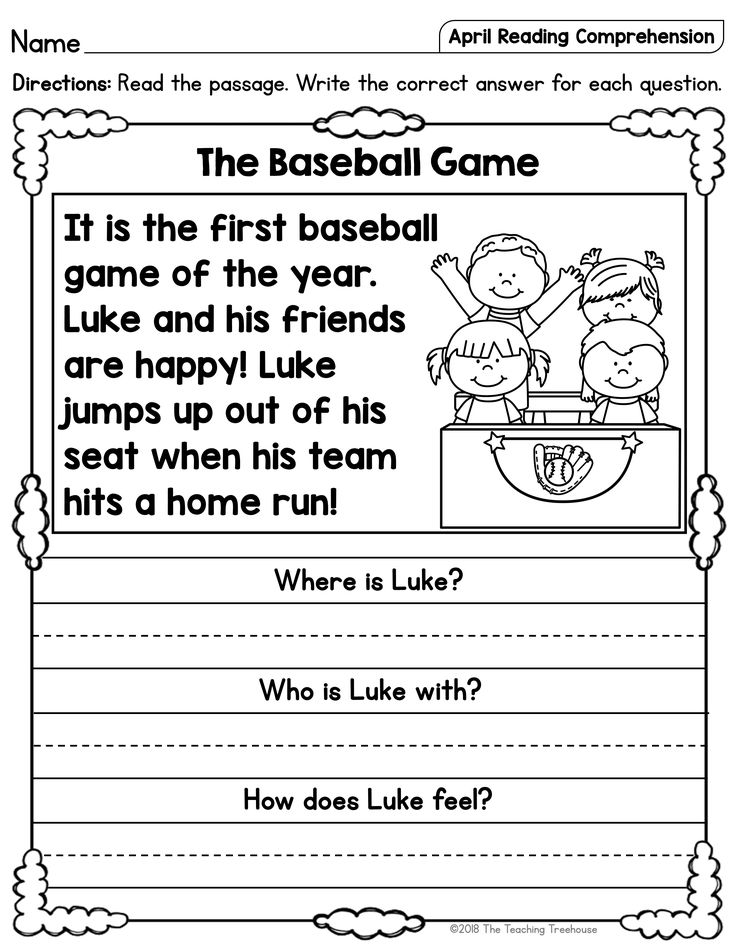 For example, A River Dream: "This book reminds me of the time my father took me fishing. Do you remember the time we went fishing?"
For example, A River Dream: "This book reminds me of the time my father took me fishing. Do you remember the time we went fishing?"
Connect the book to other books they have read. For example, Mufaro's Beautiful Daughters: "This story reminds me of Cinderella. Both stories are about sisters. Do you know any other stories about nice and mean sisters? Let's keep reading to find out other ways the stories are similar."
Connect the book to big ideas/lessons. For example, Stellaluna: "This story helps me understand that we are all the same in many ways, but it's our differences that make us special."
Wordless
Wordless picture books provide your child with practice using clues to create meaning. There are no wrong stories with wordless picture books, only variations based on what the "reader" sees and puts together. Rosie's Walk, Good Dog, Carl, and Beaver Is Lost are all interesting and fun wordless picture books to explore.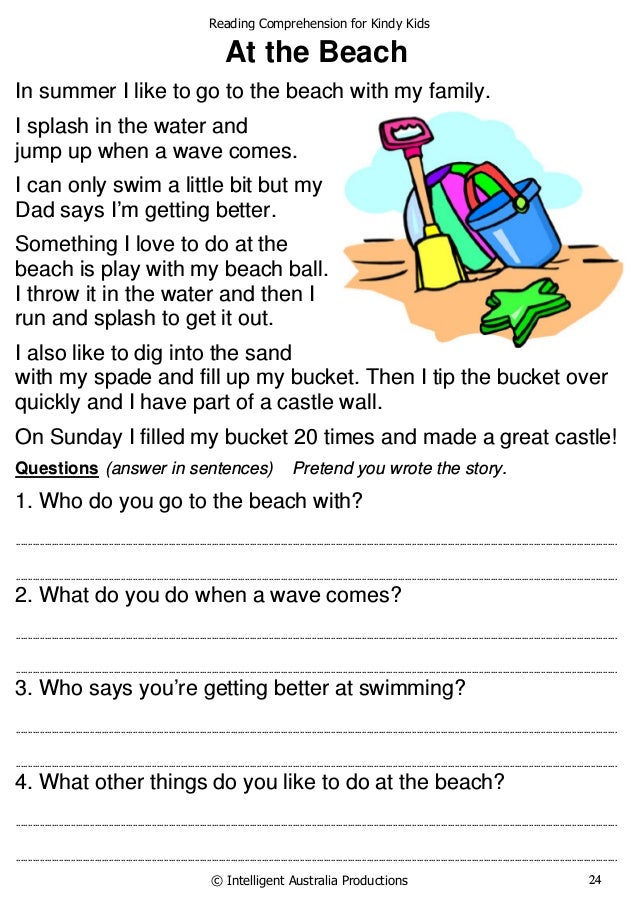 Find more wordless books on BookFinder.
Find more wordless books on BookFinder.
Family stories
This is a wonderful activity for a family picnic or for a rainy day when you're snuggled together on the couch. Share a favorite story about your childhood or a family story that's been passed down from generation to generation. Use vivid language and details about people, places, and things. Funny or scary will really get your child's attention! Your child will probably have lots of questions, which keeps the storytelling alive. You could also ask your child if she has a favorite family story of her own.
How sharing your stories helps kids with reading
Beginning readers love to hear stories about a parent's childhood! A parent's stories help children learn new vocabulary, story structure, and comprehension. (From GreatSchools)
Map this book!
Draw a map of the book's setting, and be sure to include the places where the main action happens!
Beginning-middle-end
This is a great way to see if your child understands the main parts of a story.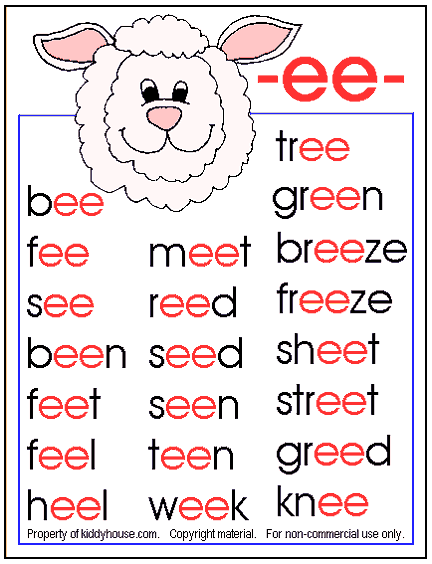 After reading a book together, give your child three sheets of paper, with "beginning" on one sheet, "middle" on the second sheet, and "end" on the third sheet. Ask your child to think about the three parts of the story, and then draw what happened on each on the sheets. Arrange the sheets in order, left to right. What happens if you re-arrange the sheets? Does the story still make sense?
After reading a book together, give your child three sheets of paper, with "beginning" on one sheet, "middle" on the second sheet, and "end" on the third sheet. Ask your child to think about the three parts of the story, and then draw what happened on each on the sheets. Arrange the sheets in order, left to right. What happens if you re-arrange the sheets? Does the story still make sense?
Words, words, words
Be sure to include books with rich vocabulary in your read alouds and call attention to interesting words and phrases from the story. This may include repeated phrases or idioms (such as "get cold feet" or "I'm all ears"). Offer a kid-friendly definition and connect the new word or phrase to something your child already knows.Talk about how the author used language or words to make the text interesting, informative, funny, or sad.
Picture walk
Talk about the book before you read it. Show the cover illustration and ask your child to predict what the book is about.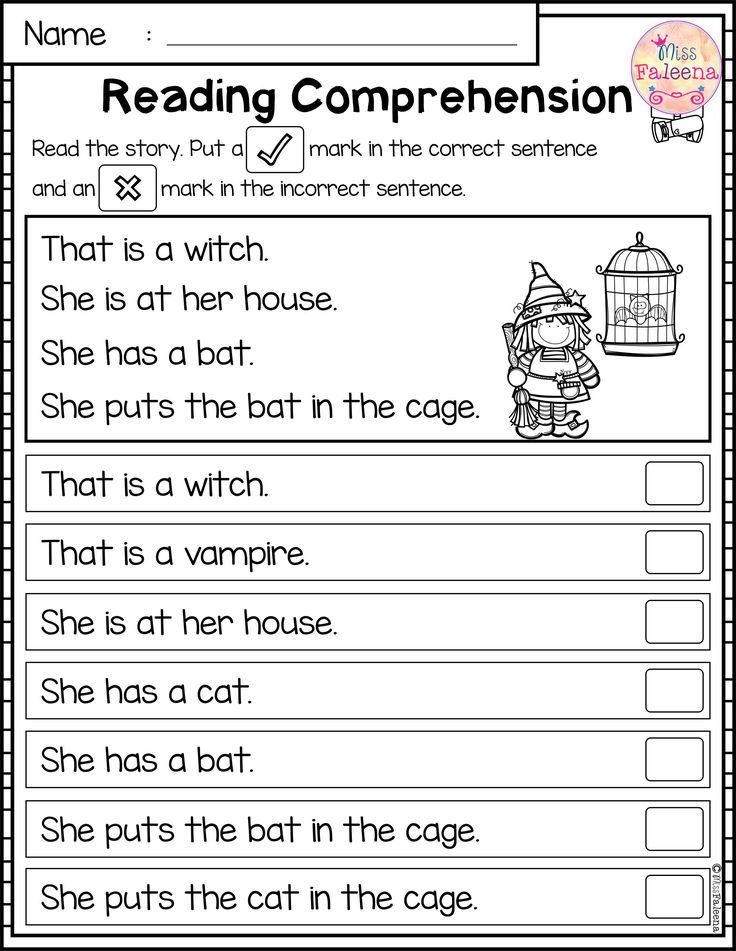 Flip through the book, look closely at the pictures together, and talk about what's on the jacket flaps.
Flip through the book, look closely at the pictures together, and talk about what's on the jacket flaps.
Take a picture walk
This video is from Home Reading Helper, a resource for parents to elevate children’s reading at home provided by Read Charlotte. Find more video, parent activities, printables, and other resources at Home Reading Helper.
Remember when ...?
Connect what your child reads with what happens in life. If reading a book about birds, relate it to birds you've seen on walks in your neighborhood.
Story detectives
As you read with your child, stop and ask questions such as: What’s happening in the picture? Why do you think the puppy is sad? Have you felt that way yourself? Why do you think the spider wanted to help the pig? What do you think is going to happen next? How do you think the story will end? Take turns and let your child to “be the detective” and ask you questions about the book.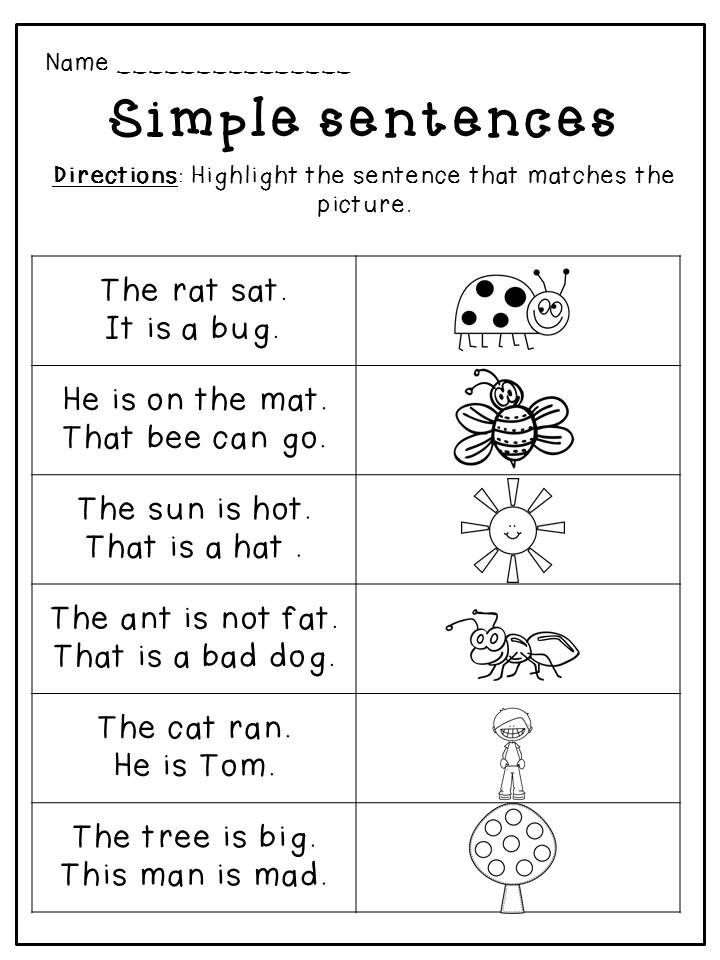 Not only will this develop your child’s comprehension, but critical thinking skills as well.
Not only will this develop your child’s comprehension, but critical thinking skills as well.
Picture the character (Part 1)
Try this activity from the Florida Center for Reading Research (FCRR). The FCRR "At Home" series was developed especially for families! Watch the video and then download the activity: Picture the Character. See all FCRR comprehension activities here.
Picture the character (Part 2)
Try this activity from the Florida Center for Reading Research (FCRR). The FCRR "At Home" series was developed especially for families! Watch the video and then download the activity: Picture the Character. See all FCRR comprehension activities here.
More comprehension resources
Reading Lesson Plans - Kids Printable Resources
There are many different places a teacher can look for good reading lesson plans. Teachers that come to class well-prepared can be confident about spending a productive hour with their students.
Here are some reading activities and worksheets for kids that teachers can use to add fun to any reading lesson plan!
Reading Lesson Plans and Activities
- Letter Sound Boxes
- Sight Word Sticks
- 1st Grade Sight Words
- Learning Letters
- The Wind and the Sun
- Spelling Activities
- Rhyme Time
- Torn-Tissue Alphabet
- Practicing Syllables
- Practicing Antonyms, Synonyms and Homonyms
- Practicing Alphabetical Order
- Practicing Punctuation
- Beginning Consonants - Activities
- Practicing Parts of Speech
- Beginning Consonants - Worksheets
- Ending Consonants
- Audio Discrimination
- Short Vowels
- Rhyming Pictures 1
- Long Vowels - Silent-e
- Long Vowel Combinations
- Rhyming Pictures 2
- Beginning Consonant Digraphs
- Beginning Consonant Blends Worksheets
- Ending Consonant Digraphs
- Ending Consonant Blends
- Rhyming Pictures 3
- Irregular Vowels 1
- Irregular Vowels 2
- Irregular Vowels 3
- Rhyming Words
- Reading and Spelling 1
- Reading and Spelling 2
- Reading and Spelling 3
- Reading and Spelling 4
Reading Worksheets
Reading Worksheets for Kindergarten
- Find the Rhyme
- Draw a Rhyme
- Months’ Match-Up
- Coloring Fun
- Crayon Colors
- Sorry, Wrong Sound
- What’s the Sound?
Reading Lesson Plans for Kids
Reading lesson plans for kids focus on skills young students need to be able to read with ease.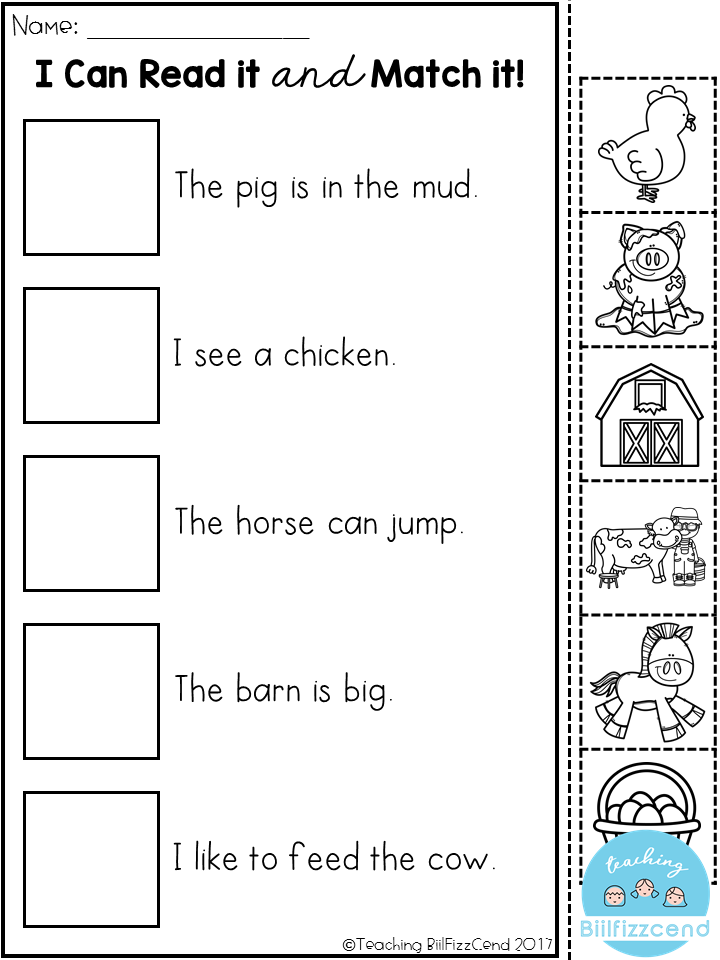 Teachers can transform a dry lesson on consonant blends with fun games and activities that help learners practice the lesson. There are many fun ways in which children can learn about letters, letter sounds and words. Well-planned reading lessons make these fun activities a part of the class and let children have a great time learning to read.
Teachers can transform a dry lesson on consonant blends with fun games and activities that help learners practice the lesson. There are many fun ways in which children can learn about letters, letter sounds and words. Well-planned reading lessons make these fun activities a part of the class and let children have a great time learning to read.
Online Reading Lesson Plans: Easy to Use
Many websites provide teachers with teaching resources like reading lesson plans. These teaching resources remove a lot of work for the teacher, who can concentrate on having a good time with the students. For ease of use, many of the reading lesson plans available on the internet are free and printable. Teachers can make use of these resources to make teaching a less stressful activity.
What to Look for in a Good Reading Lesson Plan
Good reading lesson plans introduce students to the pleasures of reading. One way of doing this is with activities and discussions that interest students in topics that they will be required to read about afterward. Another way to get kids excited about reading is by letting students interest each other in books they have already read. Reading is not just about English. It also introduces people to the world and gives them interesting ideas to talk about. Good reading lesson plans allow children to feel a sense of accomplishment in learning about new things through reading. This fosters a fondness for reading that will stay with students even as they grow older.
Another way to get kids excited about reading is by letting students interest each other in books they have already read. Reading is not just about English. It also introduces people to the world and gives them interesting ideas to talk about. Good reading lesson plans allow children to feel a sense of accomplishment in learning about new things through reading. This fosters a fondness for reading that will stay with students even as they grow older.
Additional information
See Also
- Preschool Lesson Plans
- Lesson Plans
- Math Lesson Plans
- 1st Grade Lesson Plans
- 2nd Grade Lesson Plans
- Kindergarten Lesson Plans
- Reading Lesson Plans
- English Lesson Plans
- Grade Based Lesson Plans
- 3rd Grade Lesson Plans
- 4th Grade Lesson Plans
- Science Lesson Plans
- 5th Grade Lesson Plans
- Color Lesson Plans
- Social Studies Lesson Plans
- Geography Lesson Plans
- Christmas Lesson Plans
First Name
Last Name
School:
District:
State /Province
How easy it is to teach a child 4-6 years old to read - the best methods and exercises
How to understand that it's time
To the question "When is it time for a child to be able to read?" there is no ready-made answer, but we want to immediately warn against two misconceptions:
-
“It is not necessary to teach a child to read at home, they will teach you at school anyway.
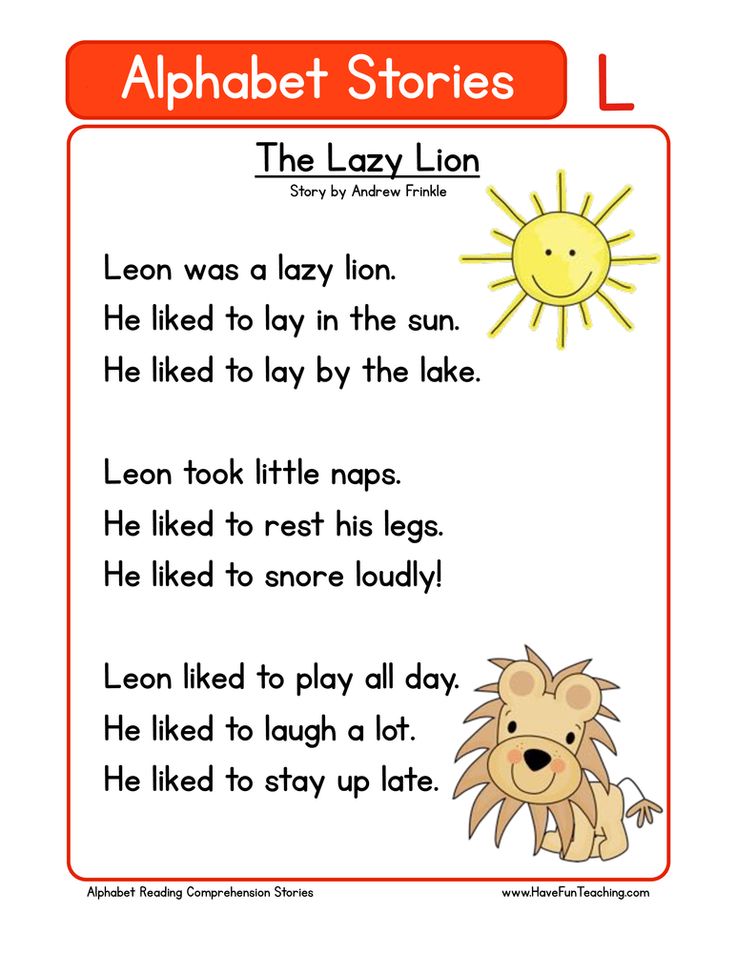 ” Yes, they will. But remember: the first year at school is the most intense in all 11 years of study. For some 4-5 months in the 1st grade, the child goes through the alphabet "from" and "to", learns to read, write, and the rest of the time he studies the basics of the Russian language. Therefore, it will be great if he has a reading skill before school. This will reduce the burden on the child. nine0005
” Yes, they will. But remember: the first year at school is the most intense in all 11 years of study. For some 4-5 months in the 1st grade, the child goes through the alphabet "from" and "to", learns to read, write, and the rest of the time he studies the basics of the Russian language. Therefore, it will be great if he has a reading skill before school. This will reduce the burden on the child. nine0005 -
"There is no time to waste - the sooner the baby begins to read, the better." All children are different and develop at their own pace. Therefore, you should not impose teaching reading to a preschooler as soon as he is 4-5 years old, if the student himself does not yet show interest in this activity. Instead, you can begin to develop an interest in reading through bright and engaging books. A good option would also be games that involve letters.
The indicator to be guided by is not the age of a preschooler, but his speech skills.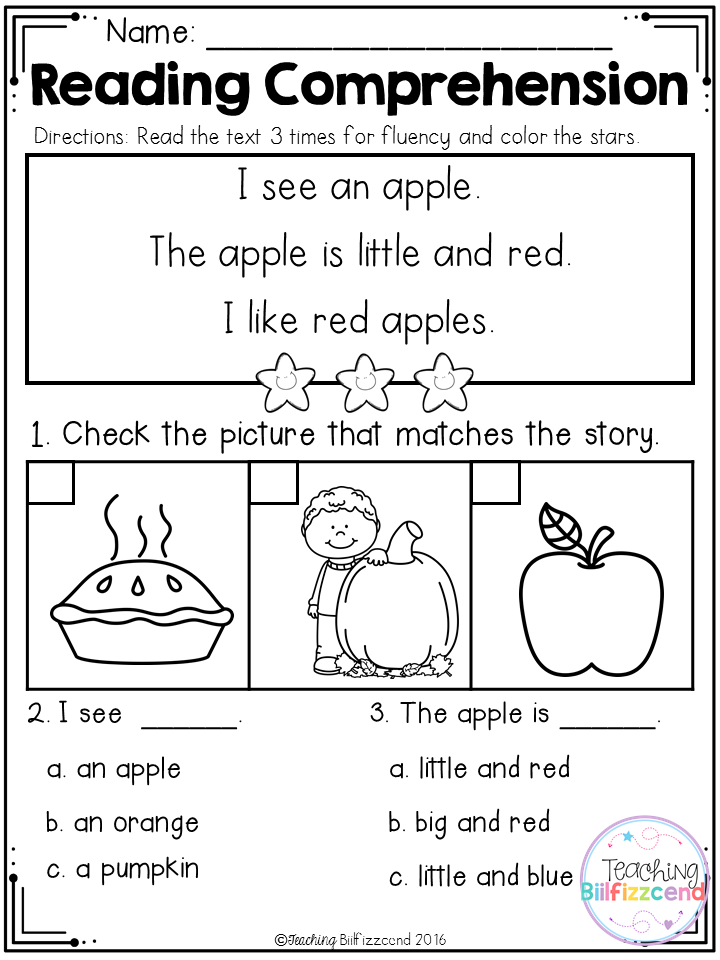 nine0005
nine0005
It's time to learn to read if...
If the speech development of a preschooler proceeds without gross violations. Let's figure out what criteria will help you find out if a child is ready to learn to read:
-
Understanding addressed speech. The kid must understand sentences, phrases, individual words that others around him turn to.
-
Vocabulary. The more words a child knows, the better he will understand what he read. It will also help him communicate with adults and other children. nine0005
-
Grammar. The ability to correctly build sentences, select and change words is important for children who are learning to read.
-
Pronunciation.
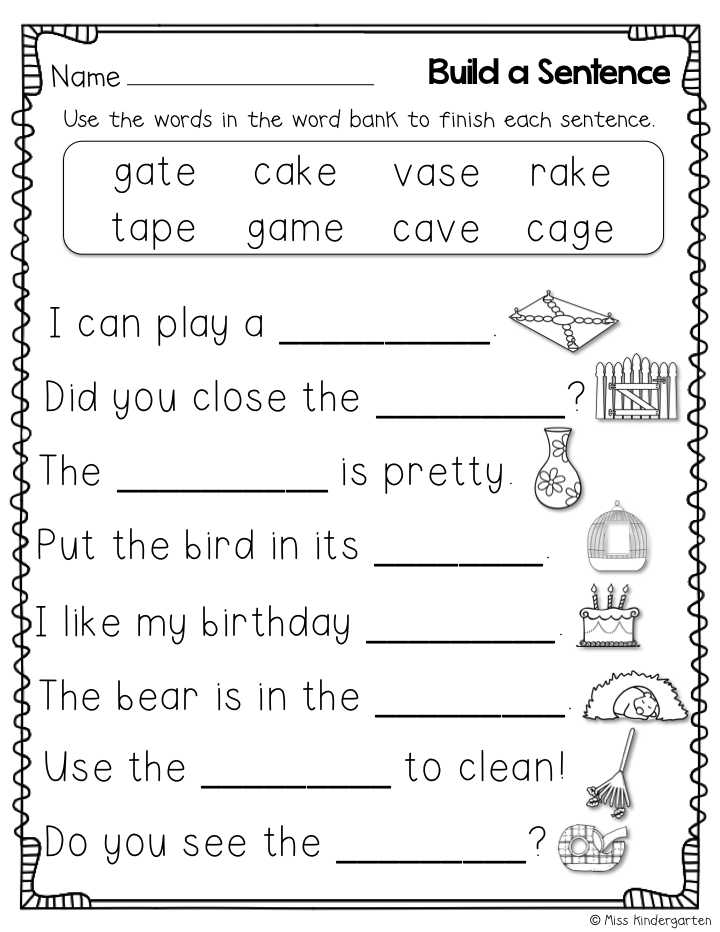 For learning to be effective, the child must know how to pronounce words without gross errors.
For learning to be effective, the child must know how to pronounce words without gross errors.
Remember: at preschool age, a child may have minor mistakes in grammar and pronunciation - this is normal. Over time, these violations will be corrected, and they should not be considered an obstacle to reading. But if the baby is not yet very confident in speaking, do not rush him to read - this will not help develop speech, but only demotivate. nine0005
Practicing child psychologist Ekaterina Murashova
Free course for modern moms and dads from Ekaterina Murashova. Sign up and participate in the drawing of 8 lessons
How to make learning to read easier for preschoolers
-
Praise more and never scold
It's hard for us adults to imagine how difficult it really is for a baby to learn from scratch such a complex skill as reading.
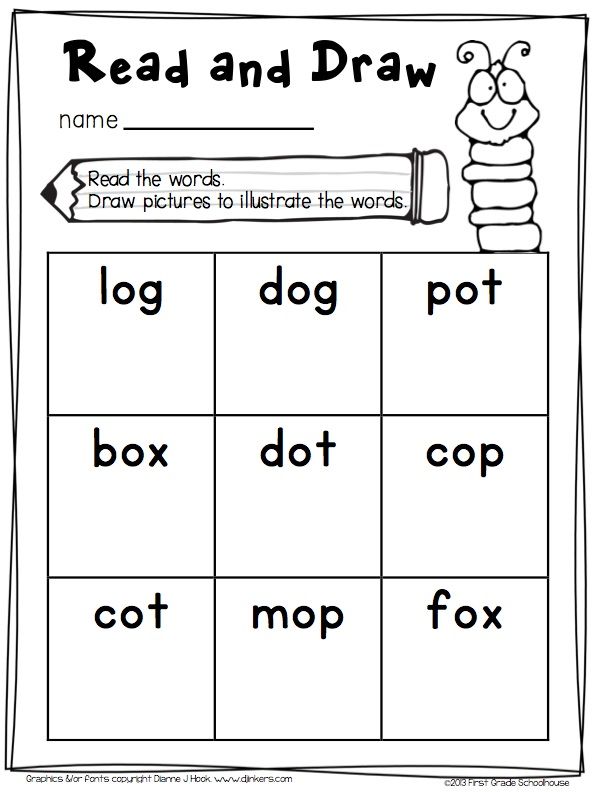 After all, being able to read means being able to correlate a sound with a letter or a combination of letters, connect sounds, understand the meanings of the words read and the meaning behind the text. nine0005
After all, being able to read means being able to correlate a sound with a letter or a combination of letters, connect sounds, understand the meanings of the words read and the meaning behind the text. nine0005 If parents take the child's progress for granted and express dissatisfaction when the child does not understand something, this will not push the future student to development, but will only complicate the process. Therefore, it is important to praise for small victories: I learned the letter that was passed last time - great, I coped without my father's help with the word as much as two syllables - clever.
Do not take failures as a consequence of the negligence of the little student. When a child does not understand the first time, this is an occasion to look for another explanation or give more time to practice. If you feel tired and irritated, you should stop the activity and return to it in a good mood. nine0005
-
Exercise little but regularly
Do not expect perseverance and a desire to spend hours figuring out unfamiliar letters from your baby.
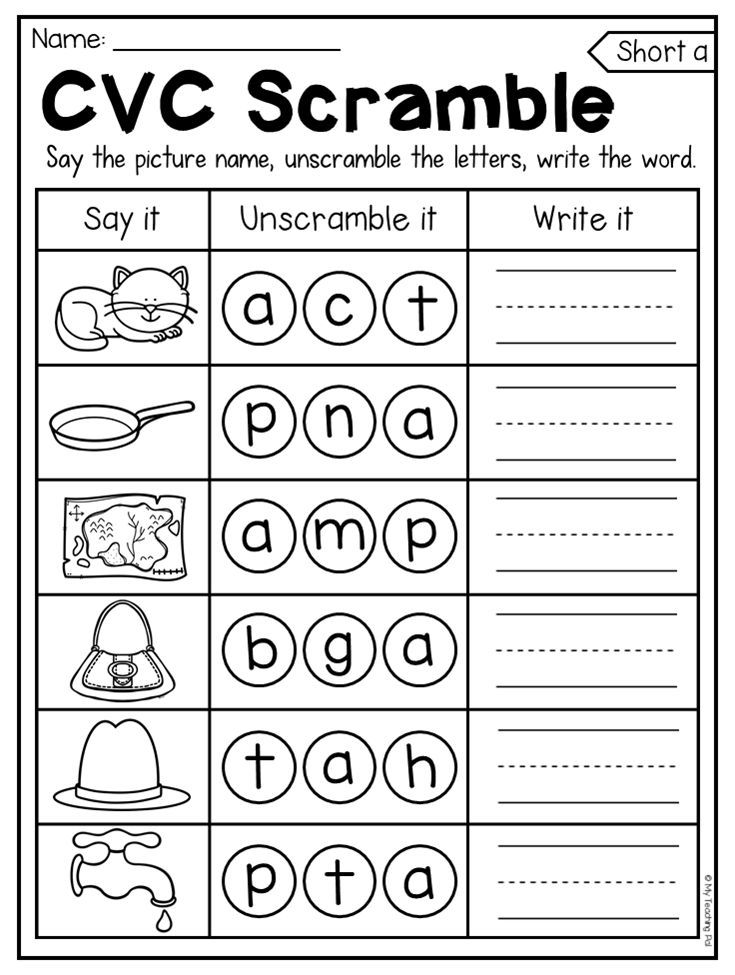 It is difficult for preschoolers to keep their attention in a lesson for more than 25 minutes, and even such small classes should be interrupted with physical education minutes and games so that the child does not get bored. This is exactly how Skysmart prepares for school: 25-minute classes with breaks for outdoor games.
It is difficult for preschoolers to keep their attention in a lesson for more than 25 minutes, and even such small classes should be interrupted with physical education minutes and games so that the child does not get bored. This is exactly how Skysmart prepares for school: 25-minute classes with breaks for outdoor games. But regular practice is important - much more important than the duration of the session. And it doesn’t have to be just lessons: you can look for familiar letters on signs during a walk, on a door plate in a children’s clinic, on a package of your favorite corn flakes. nine0005
-
Read books aloud
In a series of studies conducted by Dr. Victoria Purcell-Gates among five-year-olds who could not yet read, those children to whom their parents read aloud regularly for two years, expressed their thoughts in more literary language, built longer phrases and used more complex syntax.

In addition, reading aloud with adults contributed to the expansion of children's vocabulary, as parents explained the meanings of new words that children did not encounter in everyday life. nine0005
Expert Opinion
According to neuroscientist Marianne Wolfe, book evenings with parents help develop a love of reading because the child develops a connection between reading aloud and feelings of love and warmth.
-
Discuss read
The role of communication in teaching literacy cannot be overestimated. At first, it is important to ask if the future student is interested in whether he is tired, what was remembered from the lesson. When a preschooler learns to read coherent texts, be sure to ask questions about their content. nine0005
It's great if the child reads on his own and without the prompting of the parents, but even in this case, do not deprive him of the opportunity to discuss what he has read with you.
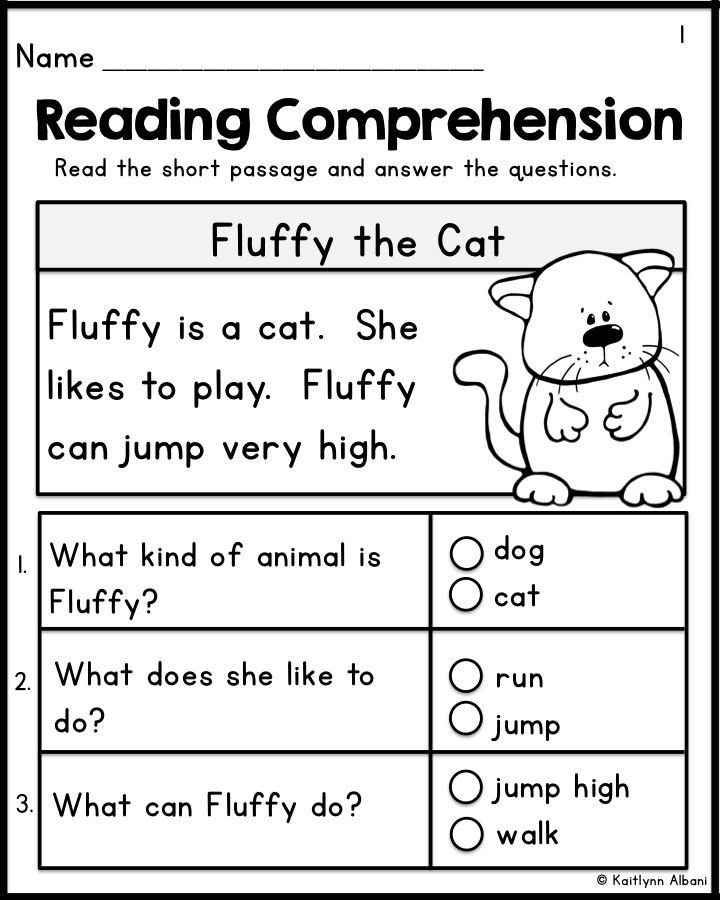 For example, you can ask:
For example, you can ask: -
Which of the characters do you like?
-
Do you think this character is like you? Would you like to be like her?
-
What would you do if you were a hero?
-
Why did the described event happen? How are these two events related? nine0005
-
How did what you read make you feel?
-
What do you remember most from what you read?
-
What do you think the author wanted to teach? Why did he write this? Do you agree with the author?
-
-
Go from simple to complex
From the correspondence between sounds and letters to syllables, from short words to longer and more complex words. It would seem that this is obvious, but no: sometimes parents are so happy with the success of the child at first that they push him to study more complex topics than he is ready to accept. Of course, the program should adapt to the future student, but you should not skip steps, even if the child is making progress.
nine0004 There are methods that offer to teach a child to read by memorizing whole words. Alas, experiments show that such techniques generally work worse. For example, a group of scientists from the United States came up with an artificial alphabet and offered subjects to learn it, and then read the words written using this alphabet. At the same time, some subjects were immediately explained the principles of correspondence between sounds and letters, while others had to derive reading rules on their own based on whole words. It turned out that the first group copes with reading new, previously unfamiliar words better than the second. nine0005
At the same time, some subjects were immediately explained the principles of correspondence between sounds and letters, while others had to derive reading rules on their own based on whole words. It turned out that the first group copes with reading new, previously unfamiliar words better than the second. nine0005 Therefore, we advise you to choose those teaching methods that involve clear instructions about the relationship between sound and letter - and this is especially important for those children who have difficulty reading. Below we have compiled a few of these techniques that you can use to teach your preschooler at home.
It is important to select questions individually, based on the age of the child. With younger children, discuss everything together, ask simple questions, direct their attention to some facts. The complexity of the questions should increase in proportion to the age of the child. The older he is, the more difficult the tasks should be, and the questions can already affect the "reflection" of their feelings and experiences. nine0005
The complexity of the questions should increase in proportion to the age of the child. The older he is, the more difficult the tasks should be, and the questions can already affect the "reflection" of their feelings and experiences. nine0005
Methods of teaching preschoolers to read
Warehouse reading
The way to teach a child to read through warehouses was actually used in Rus', but for modern parents this technique is associated with the name of the philologist Nikolai Alexandrovich Zaitsev.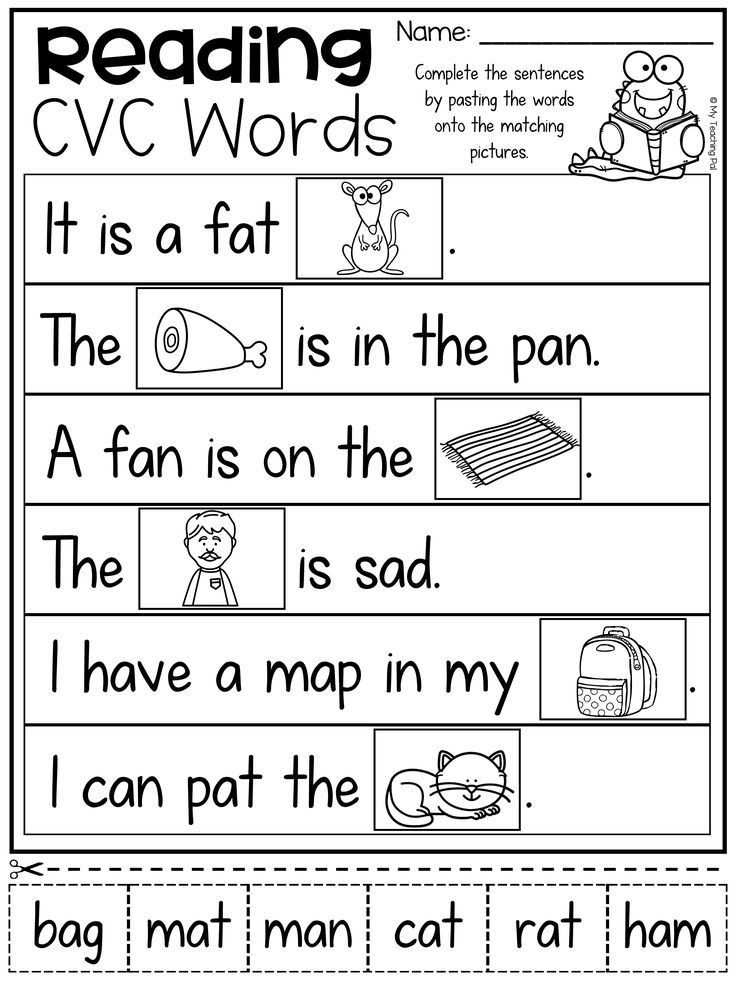 nine0005
nine0005
Zaitsev suggests not focusing on the study of individual letters, as it can be difficult for students to understand how letters can merge into syllables and words. Teaching a child to read by syllables is also not always easy: one syllable can be quite long ( shine, ruble ), and the boundaries of syllables are not obvious ( Lun-tik or Lu-ntik ?). Therefore, in Zaitsev's methodology, a warehouse is used as the main unit.
Warehouse can be a combination of a consonant and a vowel (pa-pa, ma-ma), a single consonant or vowel (de- d , i-s -li, A -le-sha), as well as a combination of a consonant with a hard or soft sign (ma- l -chi-k, po- d -yem).
In order for a preschooler to understand the differences between the recording of voiced and soft, vowel and consonant sounds, different types of warehouses have their own cube size, color and content, thanks to which the cubes sound when they are shaken.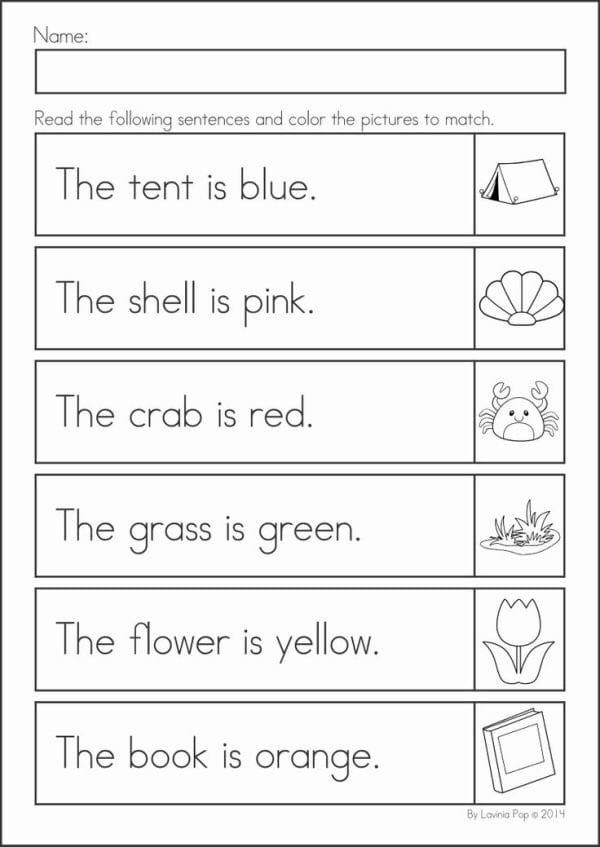 Cubes affect several channels of perception at once, and warehouses should not just be pronounced, but sung - this way, according to the author of the methodology, learning is more interesting and effective. nine0005
Cubes affect several channels of perception at once, and warehouses should not just be pronounced, but sung - this way, according to the author of the methodology, learning is more interesting and effective. nine0005
One of the advantages of the technique is that children willingly play with blocks themselves, and the process of learning to read becomes active and mobile.
Syllabic reading
This technique, according to some sources, was developed by the Romans. Later, Nadezhda Sergeevna Zhukova, a Soviet and Russian speech therapist, created a primer based on it. In it, she built her own system in which sounds and letters are sequentially introduced into speech.
Due to the fact that the concept of a syllable is introduced at an early stage, it is faster and easier to teach a child to read syllables together. By the way, as in Zaitsev's technique, it is proposed to sing syllables, and not just pronounce them.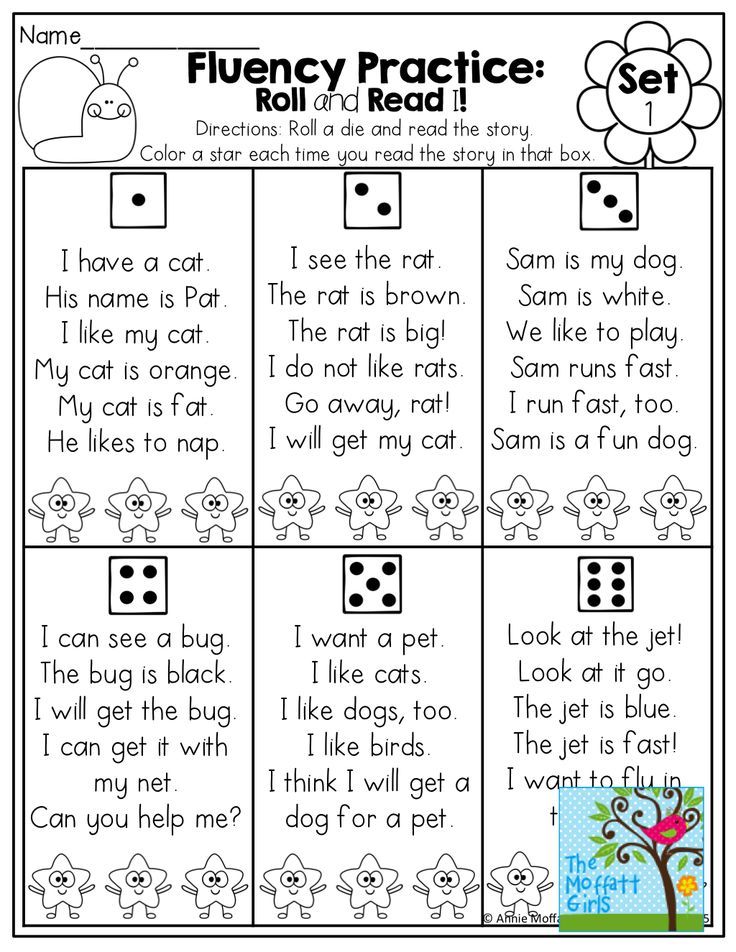 nine0005
nine0005
Based on the syllabic method, Zhukova developed a set of teaching aids - copybooks, copybooks and a book for reading. Benefits will help teach children to read correctly 6 and 7 years old at home.
Both techniques for teaching preschoolers to read are used in the Skysmart Ready for School course. The course consists of two stages: first, children get acquainted with letters and warehouses, which allows them to quickly start reading simple words, and then they learn what a syllable is. Gradually, we introduce more complex syllabic constructions, move on to reading phrases and sentences. nine0005
Sound analytical-synthetic teaching method
This method originated in the USSR and is still considered the main one in Russian schools and kindergartens. It was developed by the Soviet teacher and Russian language methodologist Voskresenskaya Alexandra Ilyinichna.
Same as N.S. Zhukova, Voskresenskaya proposed her own order in which children should learn letters and sounds.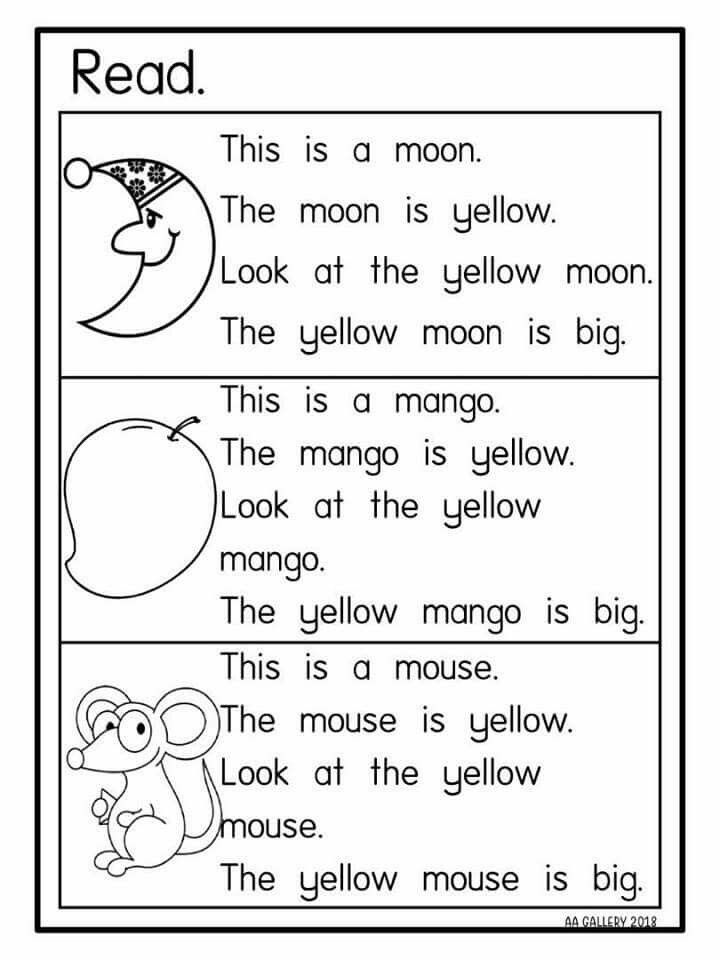 The principle of this sequence was that the child first learned the letters that can be combined into simple syllables, and then moved forward in the level of complexity. As a result, children learn syllables in this order:
The principle of this sequence was that the child first learned the letters that can be combined into simple syllables, and then moved forward in the level of complexity. As a result, children learn syllables in this order:
-
Two-letter syllables (including one consonant): am, ma, ra, etc. and simple words from them: ra-ma, ma-sha, Pa-sha, etc.
-
Three-letter syllables with a central vowel: poppy, lat, etc.
-
Combination of the first two stages into words: sa-lat, earth-la, etc.
-
Words of three syllables and six letters: az-bu-ka, ve-se-lo, etc.
-
Words of two syllables and six letters: question-ros, tea-nick, etc.
nine0007
Words with a combination of vowels at the beginning and at the end of the word: chair, March, etc.
In this way, children simultaneously prepare for more complex syllables at each stage and reinforce what they have learned earlier.
Exercises for teaching reading
Learning to read, as a rule, takes place in several stages. First, the child listens to the sound, visually remembers the letters. Different games will help with this, where you need to look for letters, invent words, etc. When this stage is over, you can move on to syllables and games to work them out. And only after that it will be possible to proceed to words, and then to sentences and texts. nine0005
Letter memory exercises
The first step is to teach your child to recognize letters. To do this, you can use pictures with hidden letters. We use such exercises in the preparation for school lessons in Skysmart.
Ask your child to identify what letter a word begins with, or name as many words as possible that begin with a certain letter.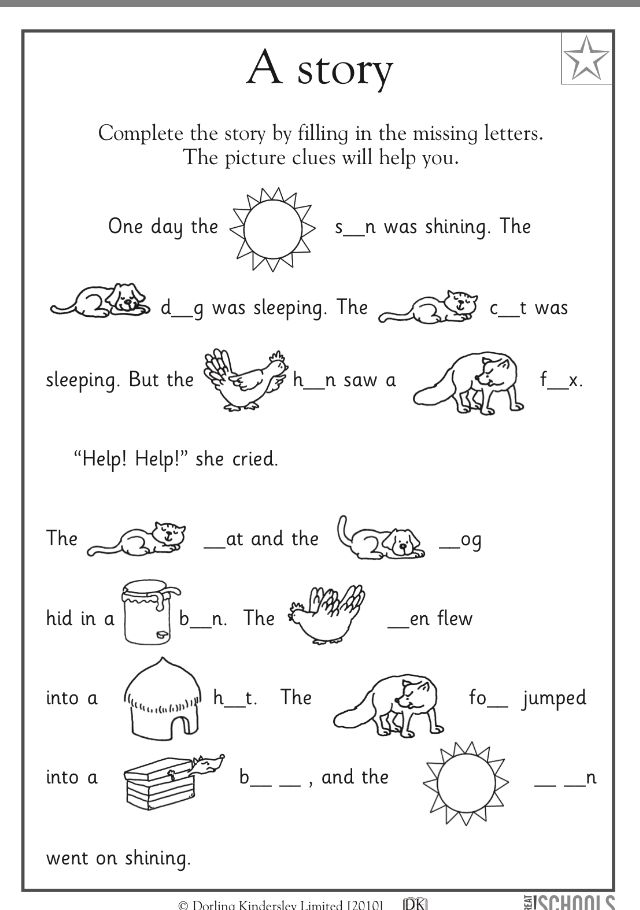
Next, we train to distinguish correctly written letters from incorrect ones. This is also important for learning to write: preschoolers often mirror letters or distort individual elements. nine0005
Exercises for vowels and consonants
To learn how to distinguish between vowels and consonants, tasks will help you determine which sound a word begins with.
It will also help to remember the difference between vowels and consonants and search for an extra letter.
Word building exercises
When the child can read short words, ask him to form a word from the letters on his own.
Composing words from syllables is convenient if you have cubes at hand, but you can also try on paper.
Another good exercise is to fill in the missing letter in a word.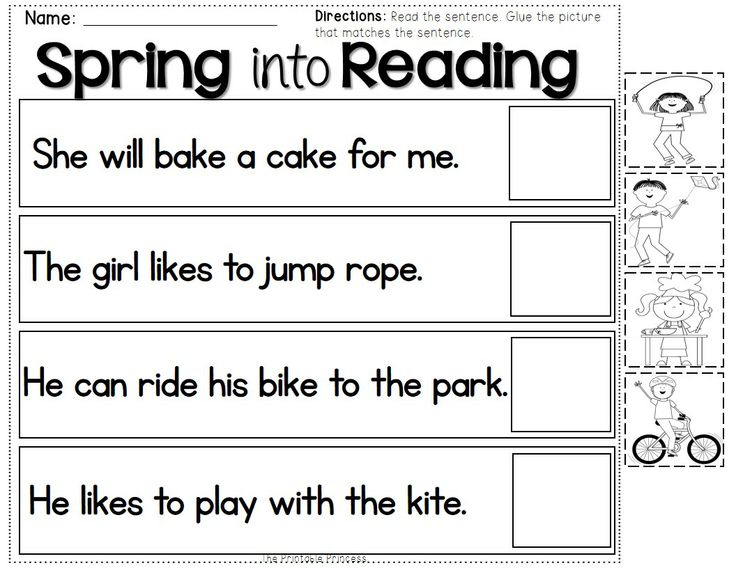 Children perform such tasks in the lessons in the Skysmart online school.
Children perform such tasks in the lessons in the Skysmart online school.
For more colorful and fun reading activities, check out the Skysmart Ready for School course. Attentive teachers will help the child learn to read, count and express themselves through creativity. Classes are held online at a convenient time for the child and parents. Try it for free with an introductory lesson! nine0005
Teaching preschoolers to read
The section "Teaching preschoolers to read" introduces children aged 5-6 years to letters and allows them to learn how to put them into words. Forming a list of tasks, the specialists of the Razumeikin development site used traditional methods of presenting material. However, some methodological techniques are copyrighted.
Please note that when we learn consonants in the online activities for 5 year olds, we call them without a vowel overtone. For example, not [be], but [b], not [ef], but [f], etc.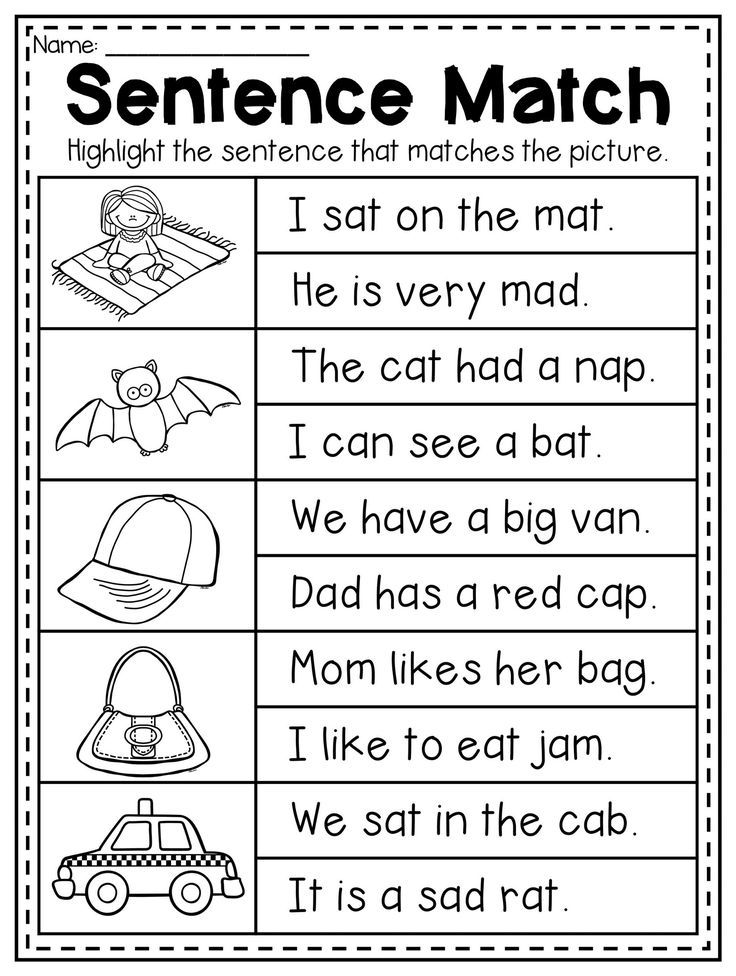 This approach will allow the baby to facilitate the process of establishing the relationship between sounds and letters. And their names the child will be able to learn, getting acquainted with the alphabet. nine0005
This approach will allow the baby to facilitate the process of establishing the relationship between sounds and letters. And their names the child will be able to learn, getting acquainted with the alphabet. nine0005
In order to make the process of learning letters in the form of a game easy for children of 5 years old, it is advisable to use the maximum number of analyzers. The specialists of the Razumeikin development site tried to take this nuance into account when compiling a list of exercises. When completing online tasks in the “Teaching Preschoolers to Read” section, the child hears the sound corresponding to the letter, sees it in whole and in parts, creates it from wire, lace or plasticine, draws it with a finger. You can design letters from any materials at hand. It can be pebbles, matches, sticks, etc. Such exercises help kids learn letters while playing. nine0005
Very useful and effective are games with "rough" letters. They can be cut out of sandpaper or sheet with a velvet surface.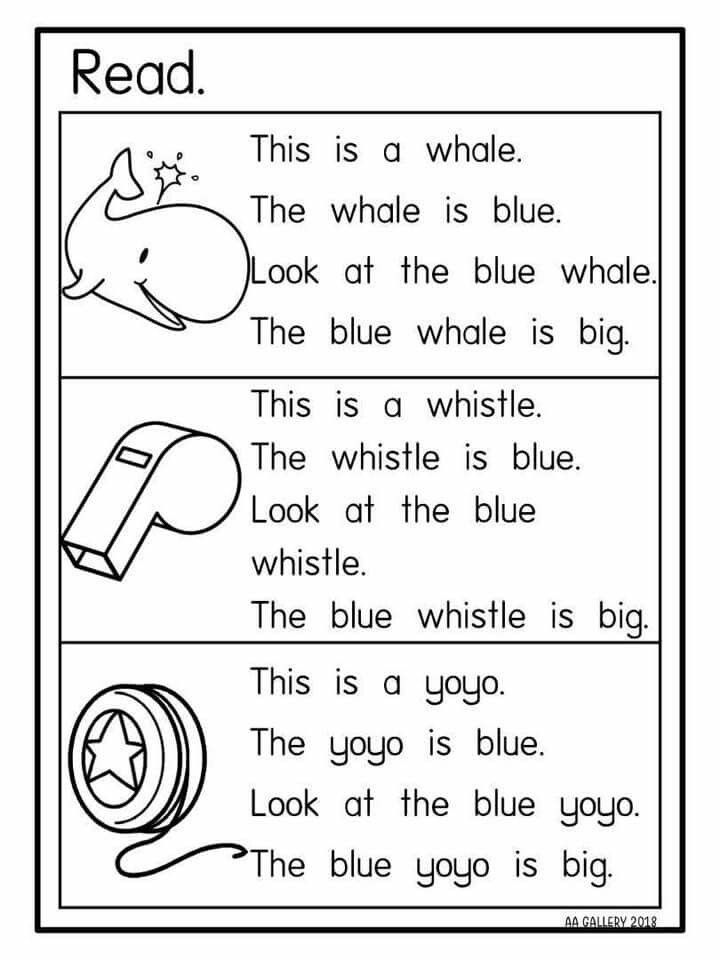 At first, you can invite the baby to swipe the letter with his finger. This will help him understand how it is written and remember the direction of the hand movement. Then invite the child to recognize this letter among several others. In this case, the baby's eyes should be closed.
At first, you can invite the baby to swipe the letter with his finger. This will help him understand how it is written and remember the direction of the hand movement. Then invite the child to recognize this letter among several others. In this case, the baby's eyes should be closed.
When creating exercises for preschoolers, our specialists tried to make them not only understandable and fun, but also really useful. Consistently passing online classes from this section, the child learns to read. At first, we learn to read simple and short words in syllables, then gradually the tasks become more difficult. By the end of the lesson, the child will be able to read and, most importantly, understand texts of several sentences. nine0005
A few words about the submission of material
In order to make reading for children aged 5 easy and productive, the specialists of the Razumeykin development site have prepared special thematic pictures and voiced text for each task. Some exercises also involve the motor area.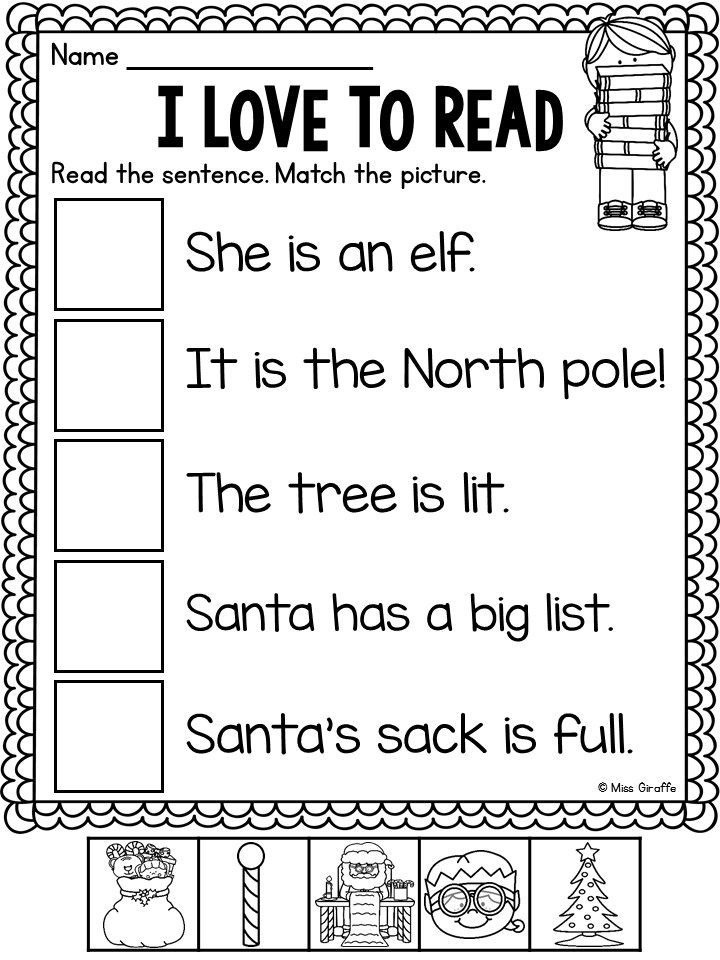 All developmental tasks in the block "Reading for children 5-6 years old" can be completed online by preschoolers.
All developmental tasks in the block "Reading for children 5-6 years old" can be completed online by preschoolers.
How are results evaluated?
For the correct performance of tasks-games in the section "Teaching preschoolers to read" there is a whole system of rewards. We are sure that in this way it is possible to increase the interest of preschoolers in learning and form positive motivation. nine0005
Toddlers receive a reward by completing tasks in the form of an educational game in the section "Reading and letters for children of 6 years old". For their achievements, they can be awarded medals, cups, pennants and certificates.
Most of the exercises in the section "Reading for children 5-6 years old" are evaluated depending on how the child was able to give the correct answer. If necessary, it is possible to return to any exercise done. By completing the task in the section “Reading for children 6 years old” again, the child will be able to improve the previous result.